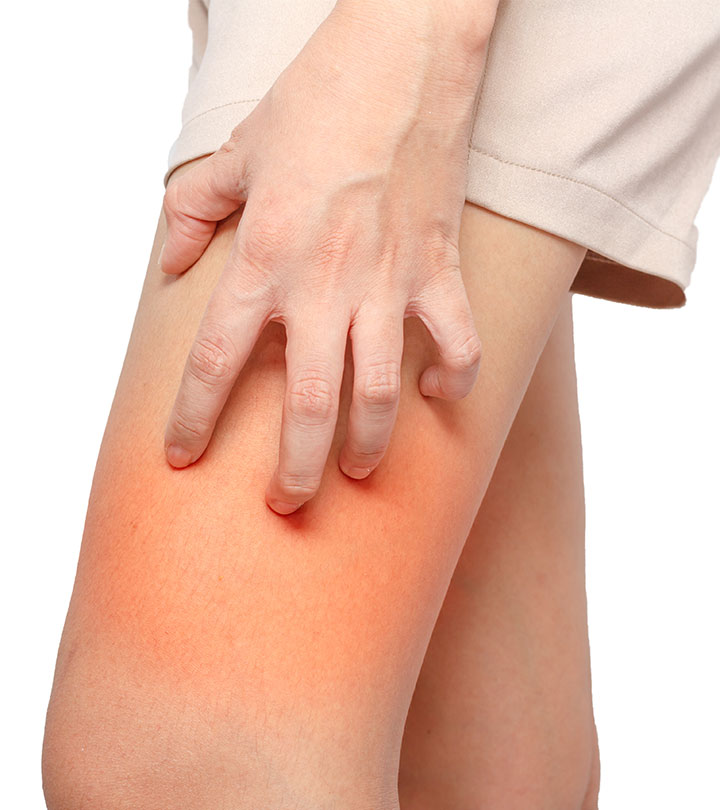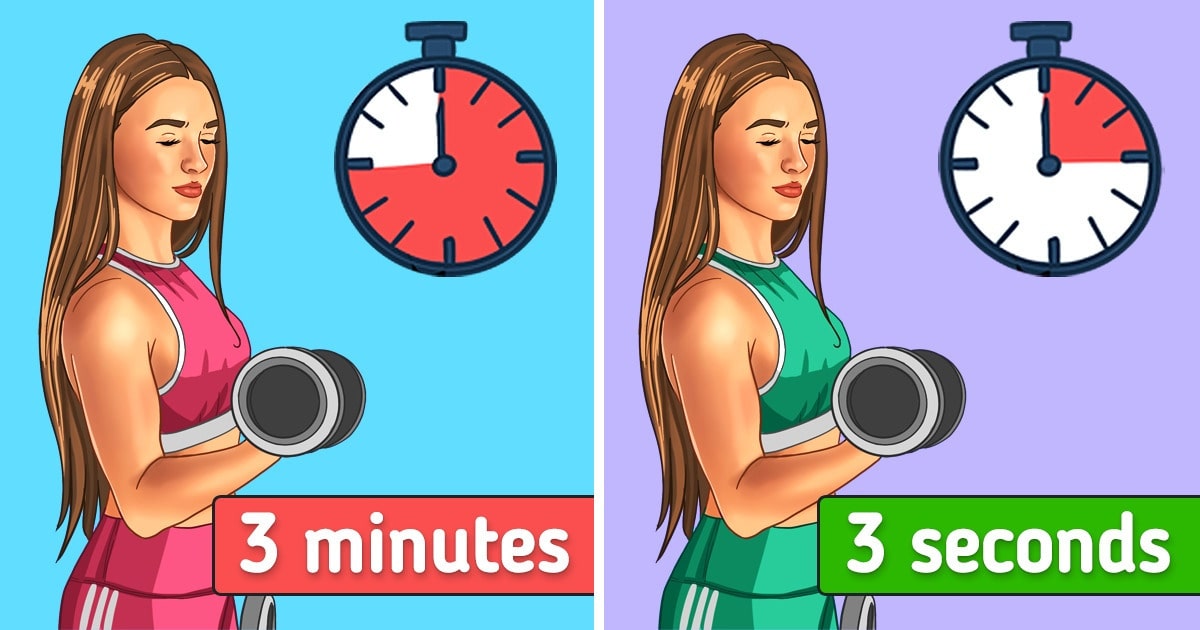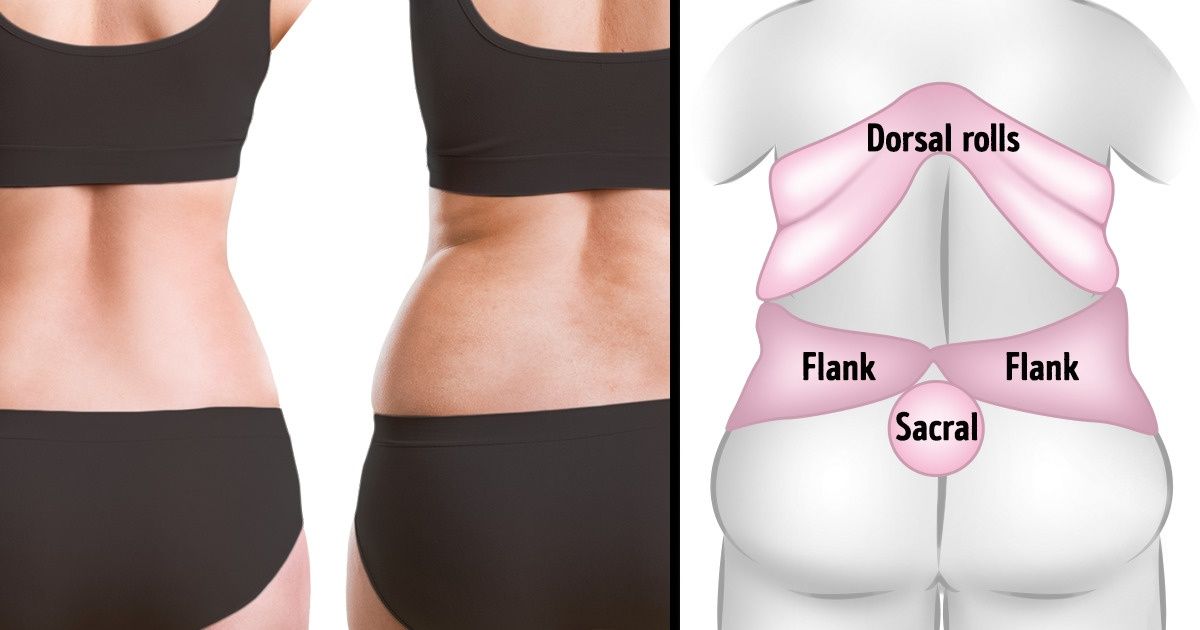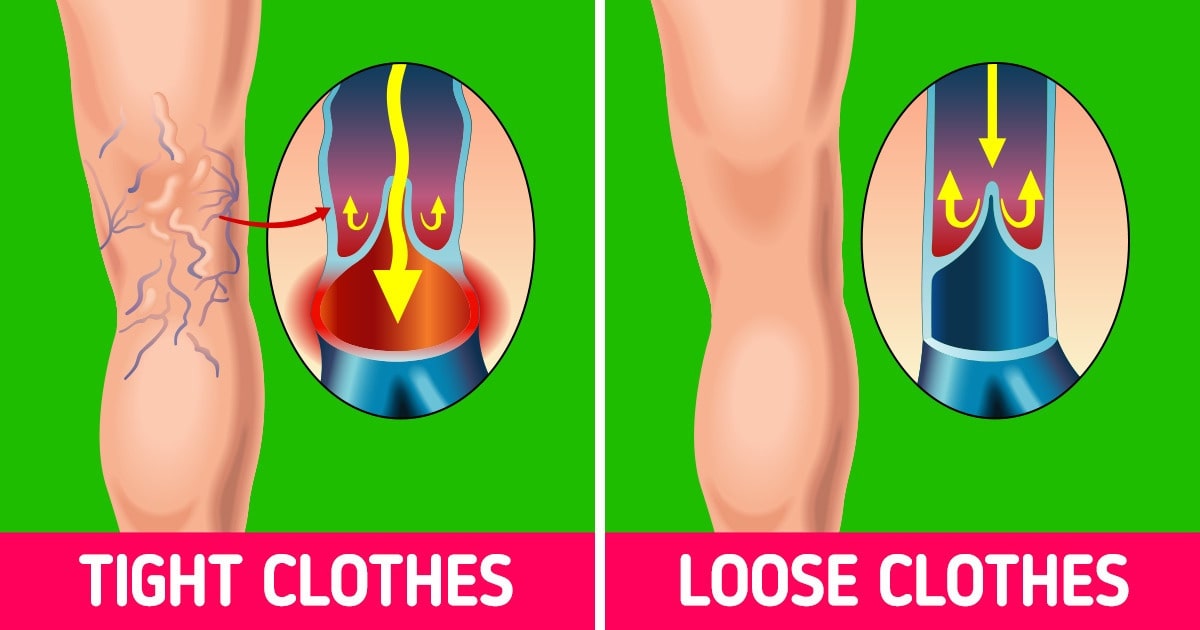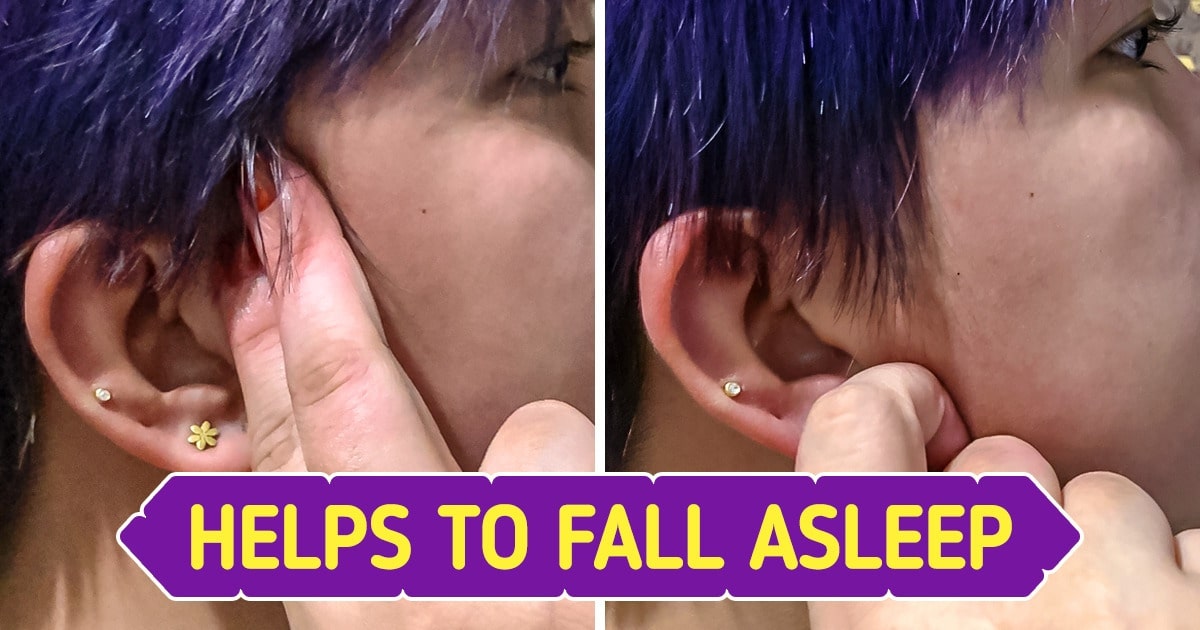Every day, many of us engage in seemingly harmless routines without realizing that some of these everyday habits could be undermining our health. From the footwear we choose to the products we use at home, subtle actions may have significant long-term effects. In this comprehensive guide, we delve into 6 everyday things we do that are actually harmful to us. This post is designed to inform and empower you with the latest health insights, backed by credible research and expert recommendations. Whether you’re a wellness enthusiast or simply looking to make healthier lifestyle choices, read on to uncover hidden risks and learn actionable tips to safeguard your well-being.
Let’s explore each of these habits in detail, starting with a look at what might seem like a casual footwear choice.
Wearing Flip-Flops: The Hidden Foot Health Risks and Posture Impact
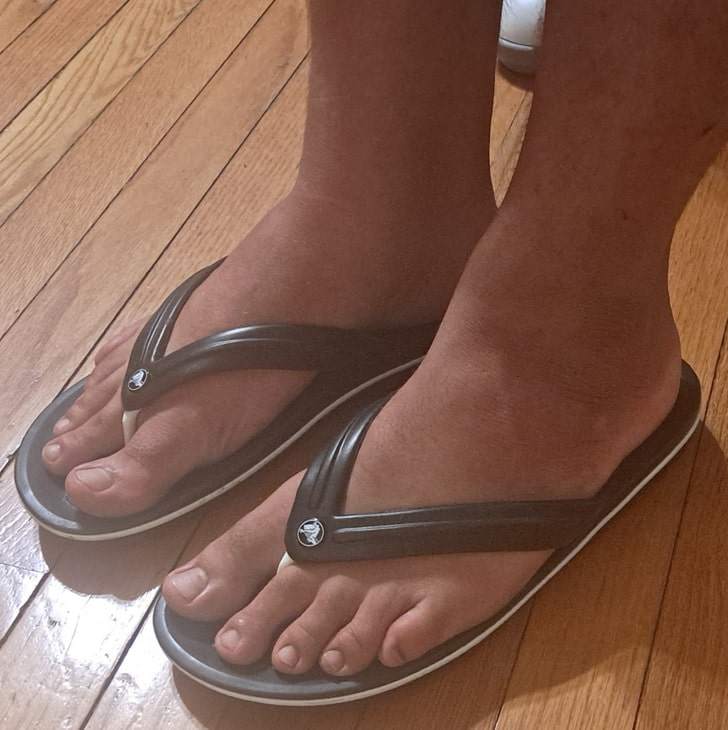
Flip-flops are a popular choice for casual wear, especially in warm weather. However, despite their convenience, they can pose unexpected risks to your foot health and overall posture.
The Downside of Flip-Flops
- Lack of Arch Support: Most flip-flops offer minimal to no arch support, which can lead to foot fatigue, plantar fasciitis, and even long-term damage to your foot’s structure.
- Increased Injury Risk: Due to their loose fit, flip-flops can cause slips, falls, and twisted ankles, especially on uneven surfaces.
- Postural Strain: Wearing flip-flops frequently may force your muscles to compensate for the lack of stability, potentially leading to misalignment and back pain.
Research from the American Podiatric Medical Association emphasizes that supportive footwear is crucial for maintaining proper foot alignment and preventing chronic issues. If you’re looking to preserve your foot health, consider switching to shoes that offer adequate cushioning and arch support, especially if you have an active lifestyle.
Using Mouthwash Immediately After Tooth Brushing: The Oral Health Pitfall

While maintaining good oral hygiene is essential, the timing and method of using mouthwash can sometimes do more harm than good.
Why Overusing Mouthwash Can Backfire
- Fluoride Washout: Brushing your teeth with fluoride toothpaste helps to strengthen enamel and prevent cavities. However, using mouthwash immediately after brushing can wash away the concentrated fluoride, reducing its protective benefits.
- Alteration of Oral Microbiome: Overuse of mouthwash may disrupt the natural balance of bacteria in your mouth, which can lead to issues such as dry mouth, gum irritation, and even an increased risk of infections.
- Potential Chemical Exposure: Some commercial mouthwashes contain alcohol and other chemicals that can irritate the soft tissues in your mouth when used too frequently.
For better oral health, experts recommend waiting at least 30 minutes after brushing before using mouthwash. This allows the fluoride to be properly absorbed. For further guidance, check out oral health advice on Cleveland Clinic’s website which provides detailed recommendations on effective dental care practices.
Wearing Skinny Jeans: Impact on Circulation, Nerve Health, and Overall Comfort
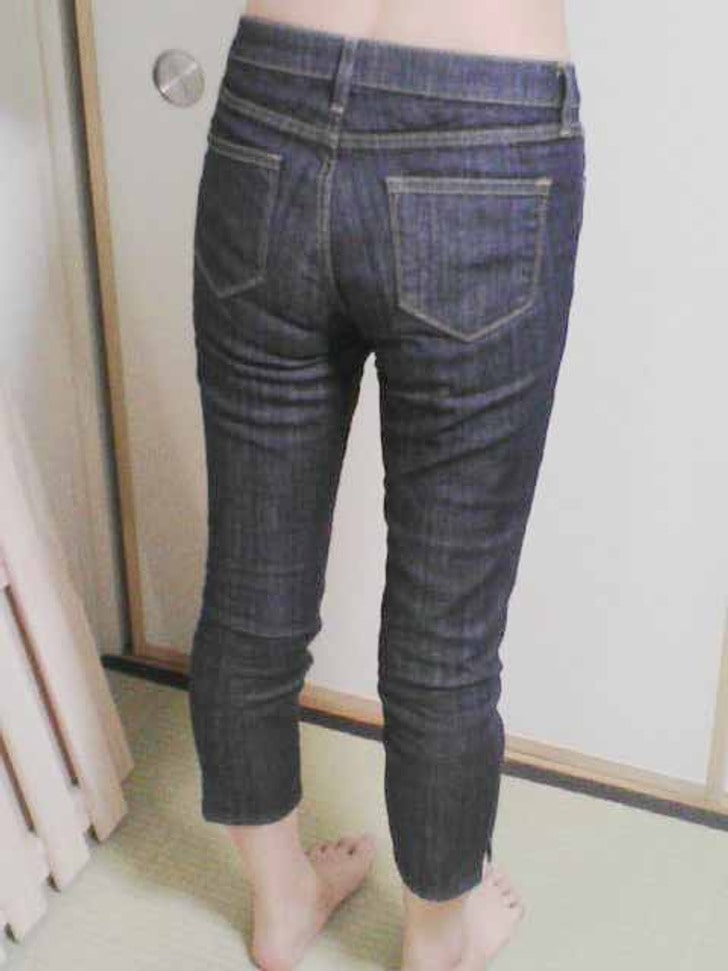
Skinny jeans may be stylish and trendy, but wearing them too often can have adverse effects on your health, particularly in terms of circulation and nerve function.
How Skinny Jeans Can Affect Your Body
- Restricted Blood Flow: Tight clothing, such as skinny jeans, can compress blood vessels, leading to reduced circulation. Poor circulation can contribute to numbness, varicose veins, and even deep vein thrombosis (DVT) in severe cases.
- Nerve Compression: The constrictive nature of skinny jeans may put pressure on nerves in the pelvic area, causing discomfort, numbness, or a tingling sensation in your legs.
- Digestive Discomfort: Excessively tight clothing can also impact your digestive system, leading to issues like acid reflux and indigestion by increasing abdominal pressure.
Experts from the Mayo Clinic suggest that maintaining proper circulation is essential for overall health. To avoid these problems, consider alternating your wardrobe with looser, more breathable clothing options and ensuring that your jeans fit comfortably. Embracing a balanced approach to fashion and comfort can help prevent the long-term health issues associated with restrictive clothing.
Printing at Home: The Surprising Dangers of Home Office Equipment

With the rise of remote work and digital communication, many of us have embraced home printing for convenience. However, printing at home may expose you to hidden hazards that could affect your health.
Potential Health Risks of Home Printing
- Exposure to Volatile Organic Compounds (VOCs): Printers, especially laser printers, emit VOCs during the printing process. Prolonged exposure to these chemicals may contribute to respiratory issues, headaches, and other health concerns.
- Electromagnetic Fields (EMFs): Some printers and home office equipment emit low levels of EMFs. While the research on EMFs is still ongoing, some studies suggest a possible link between EMF exposure and adverse health effects.
- Ink and Toner Particulates: The fine particles released during printing can settle on surfaces and be inhaled, posing risks to respiratory health over time.
To mitigate these risks, ensure proper ventilation in your home office and consider using printers designed to minimize VOC emissions. For more information on indoor air quality and home office safety, visit the Environmental Protection Agency (EPA), which offers detailed guidelines on reducing exposure to harmful chemicals in the home.
Reading While Lying in Bed: How It Affects Posture and Sleep Quality

Many of us enjoy reading in bed as a way to unwind before sleep. However, this common habit might be contributing to poor posture and disturbed sleep patterns.
The Hidden Costs of Reading in Bed
- Poor Posture: Reading in bed often forces you into awkward positions, which can strain your neck and spine. Over time, this can lead to chronic back pain and musculoskeletal issues.
- Sleep Disruption: The blue light emitted by e-readers and smartphones can interfere with your circadian rhythm, making it harder to fall asleep and reducing overall sleep quality.
- Eye Strain: Prolonged reading in low light or at an awkward angle can cause eye strain and headaches, further affecting your overall health.
The Sleep Foundation recommends creating a sleep-conducive environment that minimizes exposure to blue light and encourages proper posture. Consider establishing a bedtime routine that includes reading in a well-lit area and using supportive pillows or adjustable reading stands to maintain a comfortable posture. These adjustments can significantly improve both your sleep quality and overall physical health.
Using Air Fresheners: Toxic Chemicals and Indoor Air Quality Concerns
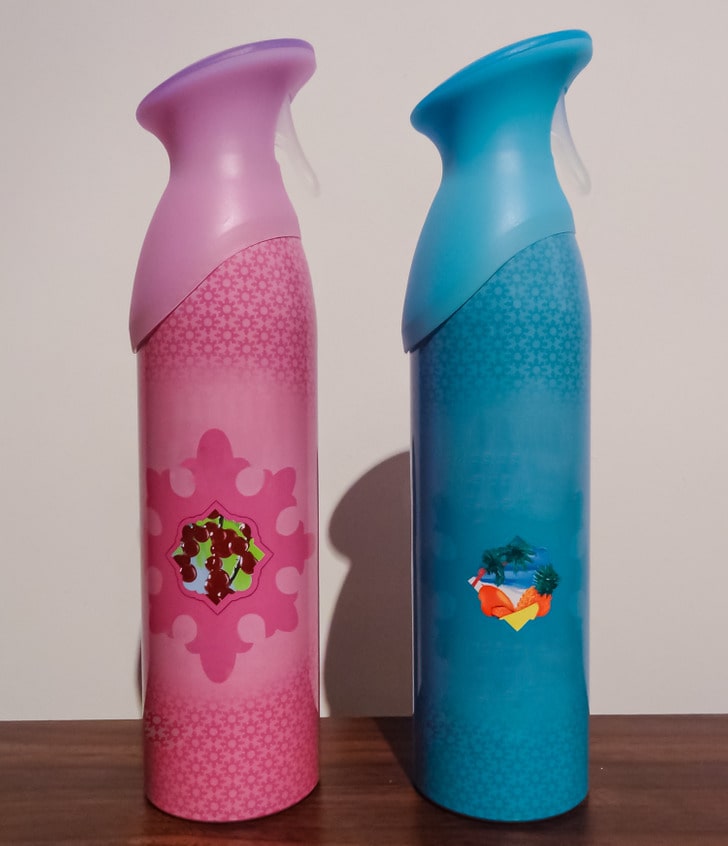
Air fresheners are commonly used to mask unpleasant odors and create a more inviting atmosphere at home. However, many of these products contain chemicals that can adversely affect indoor air quality and your health.
The Risks Associated with Air Fresheners
- Harmful Chemicals: Many air fresheners release volatile organic compounds (VOCs) and other toxic chemicals such as phthalates and formaldehyde. These chemicals can trigger allergic reactions, respiratory issues, and even exacerbate asthma symptoms.
- Endocrine Disruption: Some ingredients in air fresheners have been linked to endocrine disruption, which can affect hormonal balance and overall health.
- Indoor Air Pollution: Regular use of air fresheners can contribute to indoor air pollution, which has been associated with long-term health issues, including respiratory and cardiovascular problems.
For those looking to maintain a healthier home environment, consider natural alternatives such as essential oil diffusers or simply increasing ventilation to freshen the air without harmful chemicals. The Environmental Working Group (EWG) provides extensive information on safe household products and air quality improvements, making it a valuable resource for anyone concerned about indoor pollutants.
Taking Action: Practical Tips to Mitigate Everyday Health Risks
Now that we’ve uncovered some of the hidden dangers in our daily routines, it’s essential to know how to mitigate these risks and adopt healthier habits.
Footwear Alternatives for Better Health
- Opt for Supportive Shoes: Instead of flip-flops, choose sandals or shoes with proper arch support and cushioning. Look for brands that emphasize comfort and orthopedic benefits.
- Rotate Footwear: If you must wear flip-flops occasionally, try not to use them as your primary footwear, and switch between different types of shoes to reduce strain.
Enhancing Oral Hygiene Practices
- Timing is Key: After brushing your teeth with fluoride toothpaste, wait at least 30 minutes before using mouthwash to allow the fluoride to take full effect.
- Choose Gentle Products: Select mouthwashes that are alcohol-free and formulated to maintain a healthy balance of oral bacteria.
Fashion Choices That Favor Health
- Looser Clothing Options: Consider incorporating more relaxed-fit jeans or pants into your wardrobe to promote healthy circulation and reduce pressure on nerves.
- Balanced Wardrobe: Alternating between trendy skinny jeans and more comfortable alternatives can help mitigate the risks of poor circulation and nerve compression.
Creating a Healthier Home Office Environment
- Ventilation: Ensure your printing area is well-ventilated to disperse VOCs and reduce indoor air pollution.
- Printer Maintenance: Regularly maintain and clean your printer to minimize the release of particulate matter and chemicals.
Improving Posture and Sleep Quality
- Ergonomic Adjustments: Use pillows, adjustable reading stands, or even recliners designed for reading to maintain proper posture while enjoying your favorite book in bed.
- Screen Time Management: Limit exposure to blue light by using e-readers with adjustable brightness settings or blue light filters, especially during the hour before bedtime.
Choosing Safer Air Freshening Solutions
- Natural Alternatives: Opt for essential oil diffusers, homemade air fresheners, or simply open windows to improve air circulation without introducing toxic chemicals.
- Product Research: Look for air fresheners that are certified by reputable environmental organizations, ensuring that they meet strict safety standards.
The Bigger Picture: Adopting a Holistic Approach to Health
While these specific habits might seem small in isolation, their cumulative effects can have a significant impact on your overall health. By being mindful of everyday choices and their potential risks, you can take proactive steps to protect your well-being.
Integrate Healthy Lifestyle Changes
- Balanced Nutrition: Complement these lifestyle adjustments with a balanced diet rich in antioxidants, vitamins, and minerals to support your body’s natural defenses.
- Regular Exercise: Incorporate physical activity into your daily routine to boost circulation, improve posture, and enhance overall fitness.
- Stress Management: Engage in stress-reducing practices such as meditation, yoga, or deep breathing exercises, as stress can exacerbate many of the health issues discussed.
Educate Yourself for Better Choices
Staying informed about the latest research on health and wellness is crucial. Reputable sources such as the Centers for Disease Control and Prevention (CDC), Mayo Clinic, and WebMD offer valuable insights and updates on emerging health trends. Knowledge is power, and understanding how everyday habits can affect your health is the first step toward making positive changes.
Conclusion
Our daily routines are filled with habits that we often take for granted, but as we’ve seen, even the simplest actions can have unintended health consequences. From the seemingly innocuous choice of footwear and the way we manage our oral care to our clothing choices and home environment, each decision plays a role in our overall well-being.
By recognizing the hidden dangers of wearing flip-flops, using mouthwash immediately after brushing, donning skinny jeans too frequently, printing at home without proper ventilation, reading in bed without proper support, and using conventional air fresheners, you can start making more informed decisions that prioritize your health. These insights, supported by expert advice and credible external research, underscore the importance of re-evaluating our everyday habits.
Taking proactive steps—whether it’s choosing supportive shoes, adjusting your oral hygiene routine, or opting for natural alternatives in your home—can lead to substantial improvements in your quality of life. Small changes, when compounded over time, can yield significant health benefits and reduce the risk of long-term issues.
Embrace a holistic approach to your health by combining these practical tips with a balanced diet, regular exercise, and stress management techniques. With informed choices and consistent efforts, you can transform everyday habits into a foundation for a healthier, happier life.
Stay updated with trusted health sources and consider consulting healthcare professionals for personalized advice if you have concerns about any of these habits. Your health is your most valuable asset—invest in it wisely by making choices that support your long-term well-being.
This article is for informational purposes only and should not replace professional medical advice. Always consult with a healthcare provider for guidance tailored to your personal health needs.
Preview photo credit Maridav / Shutterstock.com, Hellerhoff / Wikimedia Commons, CC BY-SA 4.0


